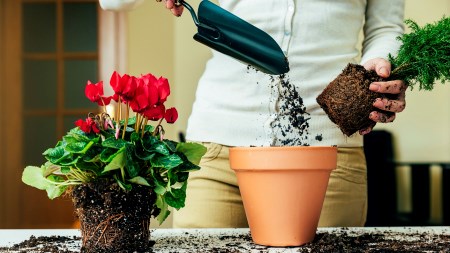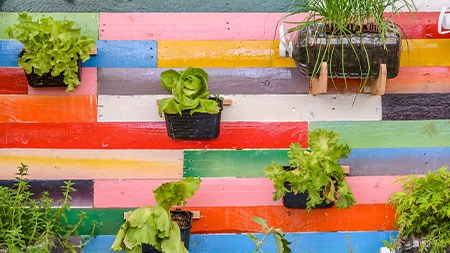Want to breathe colour into your home with indoor bulbs? Here’s how to grow flowers indoors.
Not only do flowering bulbs look and often smell fabulous, but they also give our homes a unique twist. And, step aside orchids, they’re bang on trend again.
With the ravages of the South African climate, bulbs are sometimes a little less of a common choice, but growing bulbs indoors allows us to control the surrounding temperatures better – in many cases making all the difference.
Bulbs such as daffodils, tulips, narcissus, amaryllis, crocus, hyacinth and lilies can be grown indoors with or without soil, the choice depending on the type of bulbs and the look you like.
Without soil:
Unlike other plants that need nutrients from the soil, bulbs have their own inbuilt carry pack and many species can be grown simply in water.
All you’ll need is a watertight container (any container will do, although many people choose glass so they can see the roots too), pebbles, marbles or stones, water and some bulbs.
Planting:
Fill the container about two-thirds full with the pebbles, marbles or stones. Put the bulbs on top of the anchoring material with the pointed end upwards. Add water to just below the base of the bulb and leave in a place, away from draughts, that gets bright indirect sunlight for at least 6 hours a day. Turn the vase regularly if the stem is leaning towards the sun. Top up with water as required always to just below the base of the bulb.
TIP
Avoid submerging the bulbs in water, as they will rot.
TIP
Add cut flower food such as Chrysal to keep the water clear.
TIP
Discard bulbs that have been grown in water at the end of the flowering season, as the nutrients will be depleted.
With Soil:
Bulbs can be grown in soil in any suitable container. Make sure the container is sterile before you start and that the soil is heavy enough. (Many shop bought arrangements come in soil that is so light it virtually turns to dust as it dries, with no hope of supporting the weight of a growing stem and top-heavy flower. A loam-based soil lightened with some grit is ideal and because it’s a mineral soil, it will have a good combination of drainage and water retention too.
When prepping the pot, layer a few centimetres of pure grit in the bottom of the pot, then a shallow layer of the soil-and-grit mix. Place the bulb with its pointy tip just below the soil surface, and fill in around it.
If your container has no holes in the bottom, use bulb fibre as this contains charcoal and grit in the right proportions to help keep the soil damp but not too heavy, preventing rot and disease. Water bulbs as soon as they are planted, and thereafter never allow the soil to become dry.
Leave bulbs in a place away from draughts and where it gets bright, indirect sunlight at least six hours a day. Bulbs will take anything from 3 to 12 weeks to flower depending on the species – enjoy!
TIP
Choose bulbs that are large and firm and have no soft spots. Many bulbs do well with a bit of pre-chilling. Keep bulbs in the fridge for a few weeks before planting.



